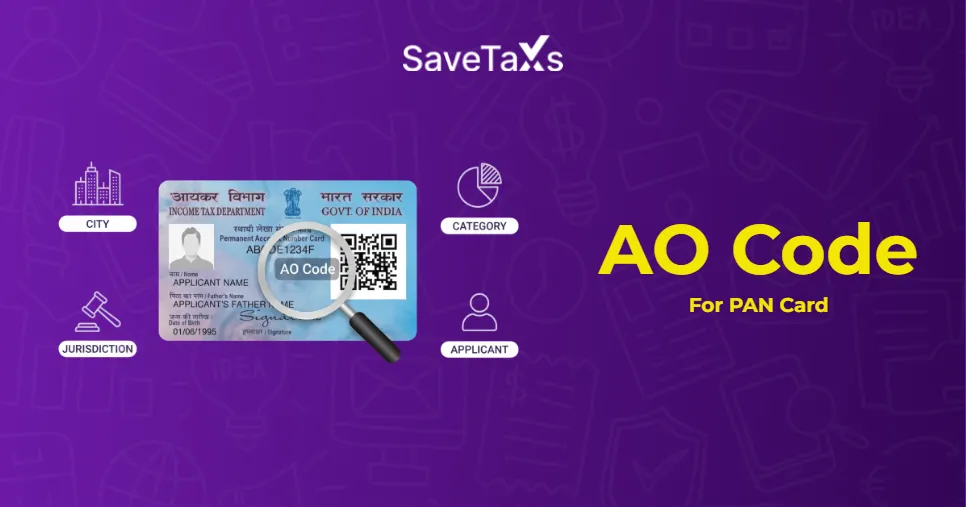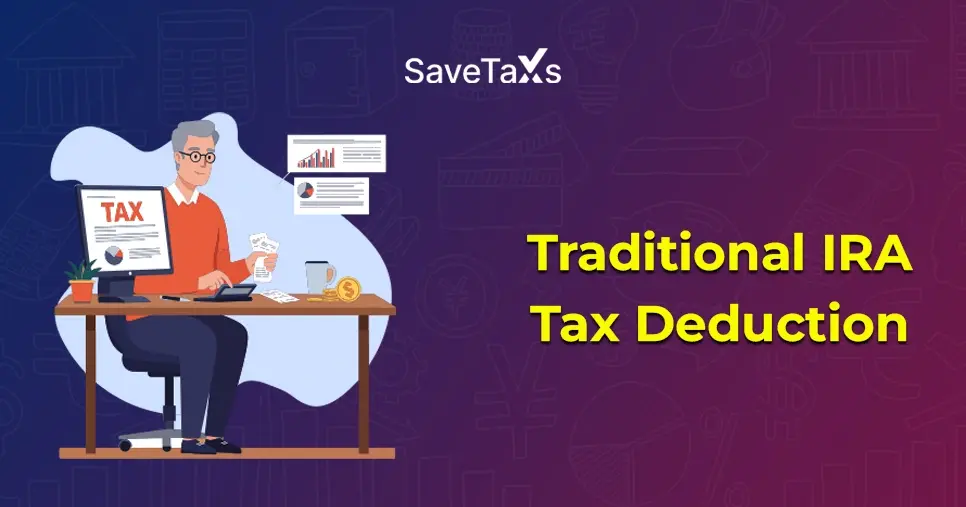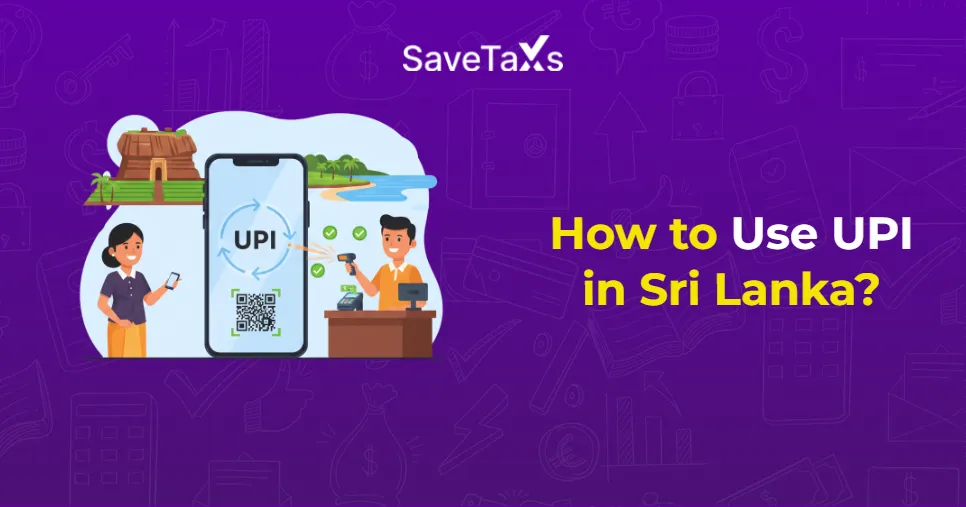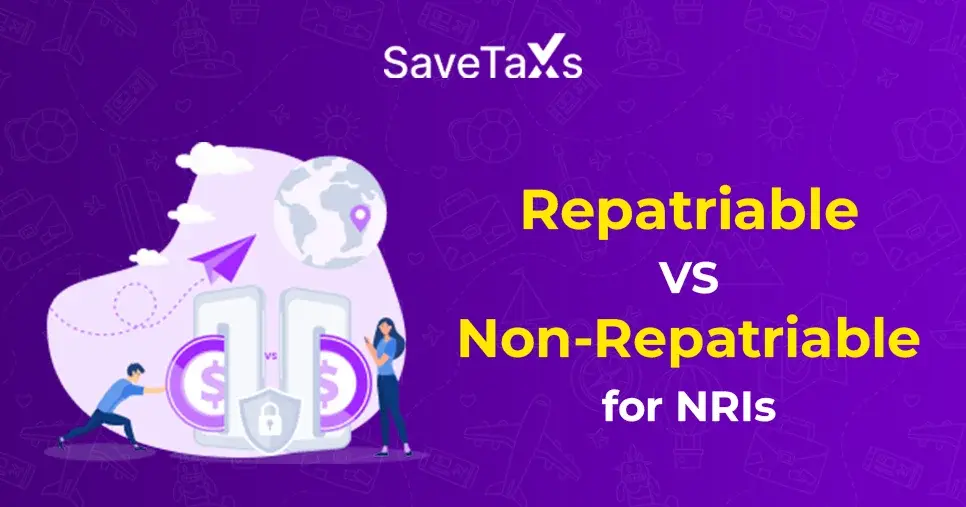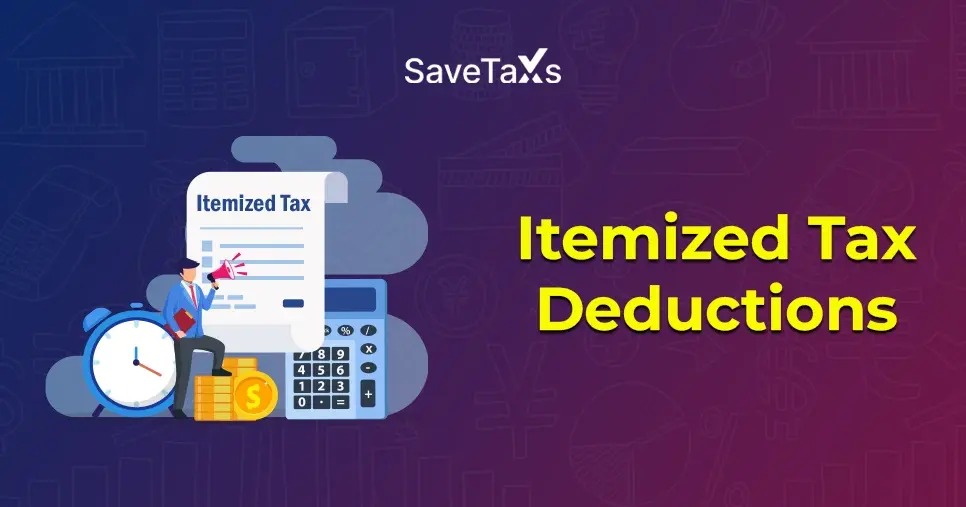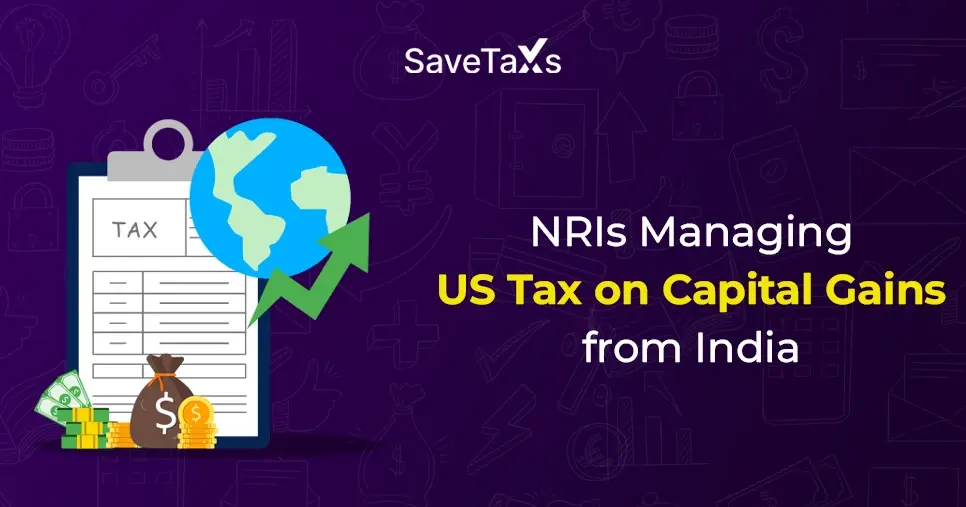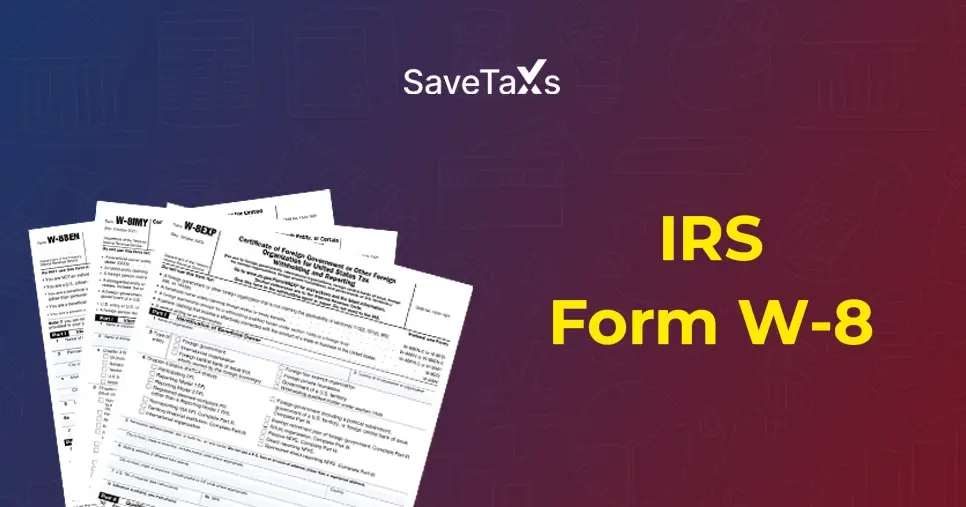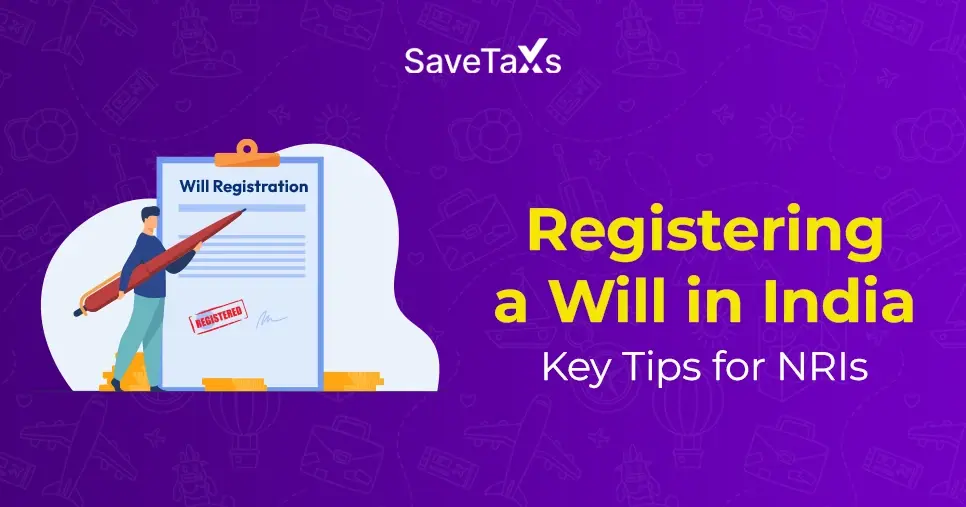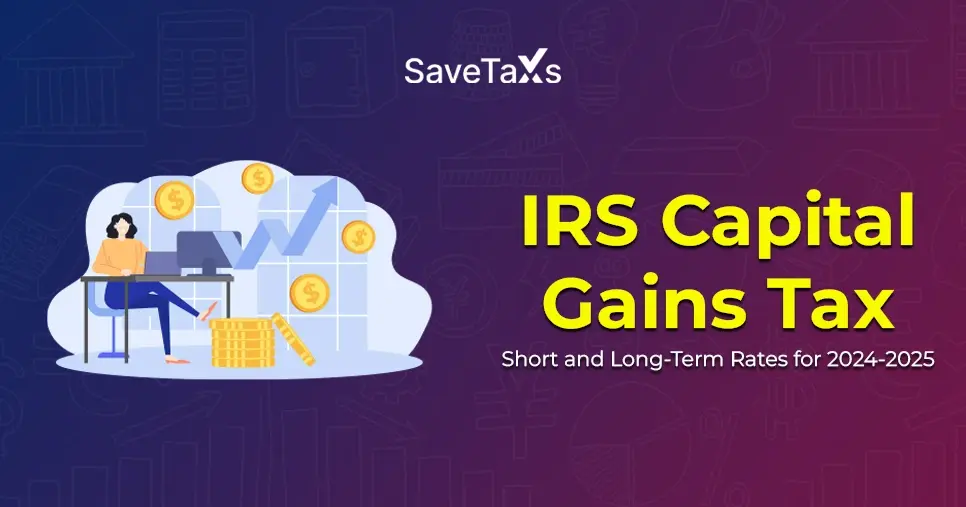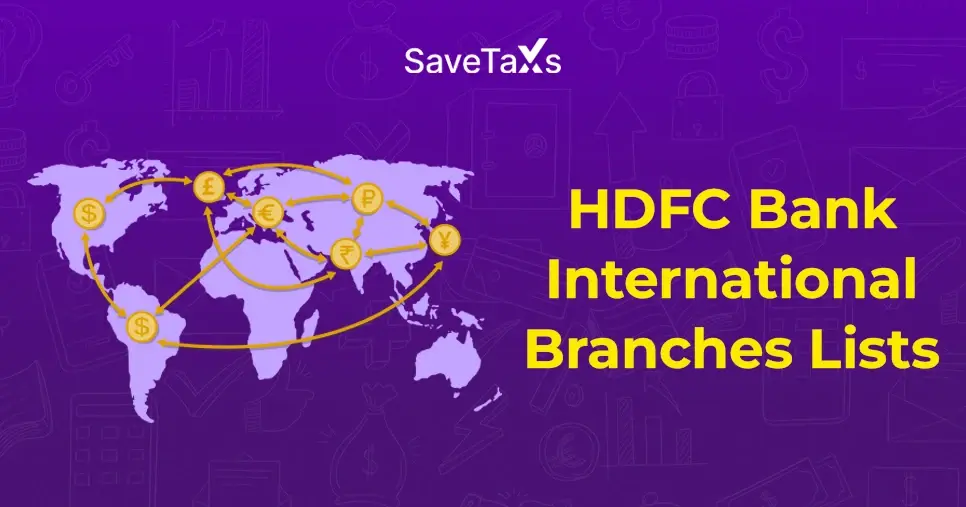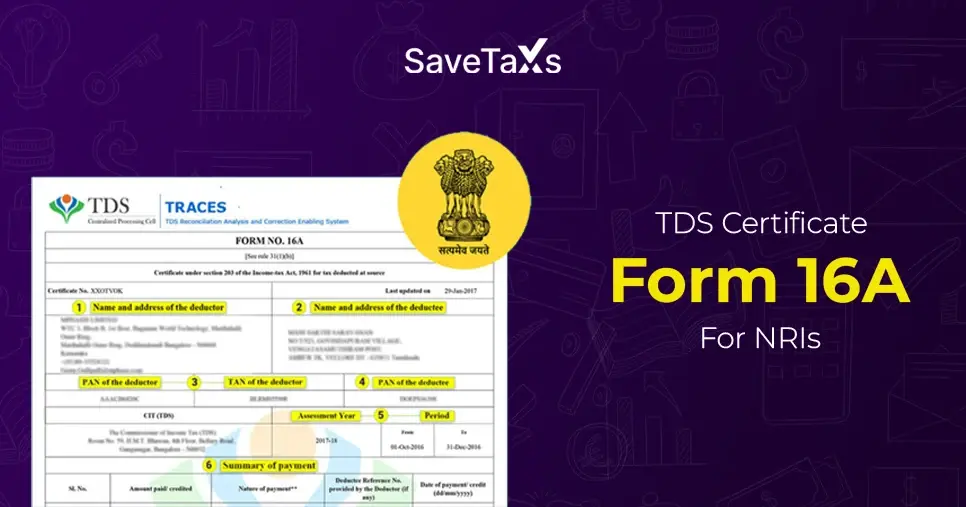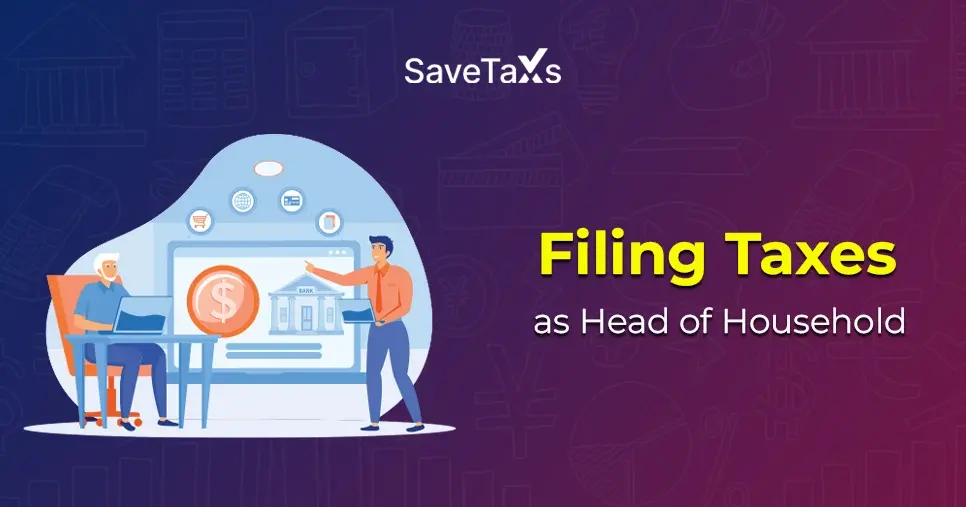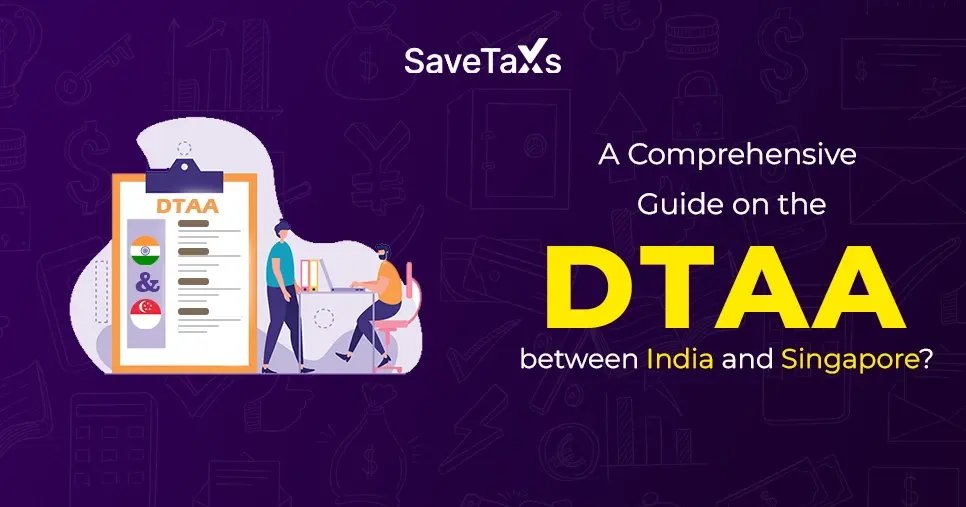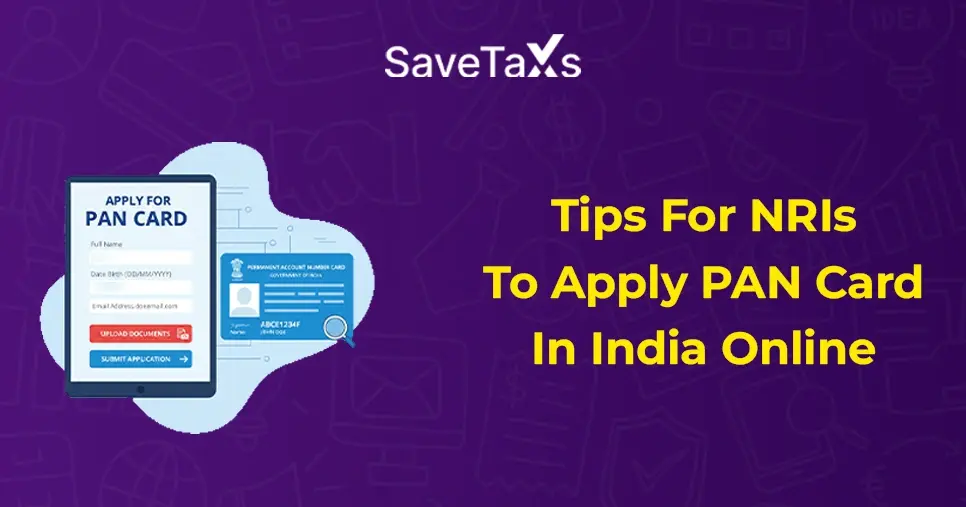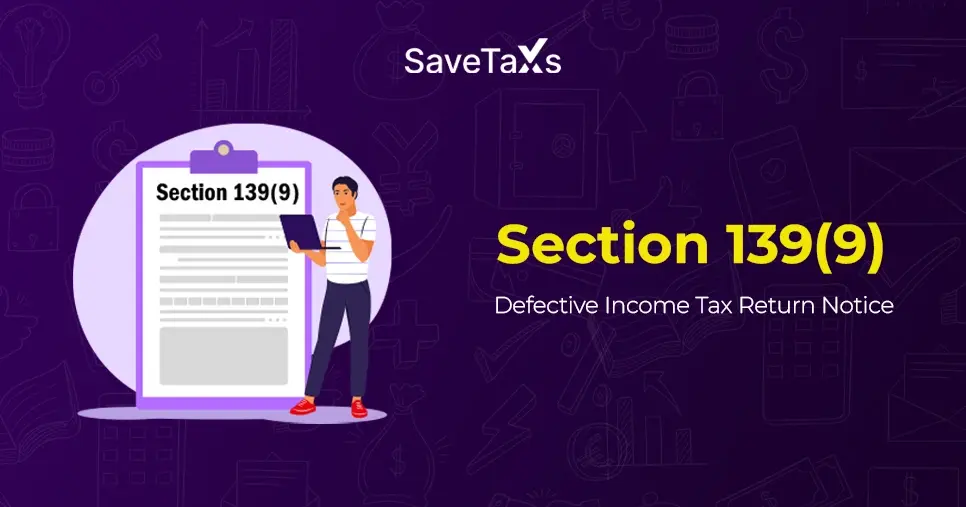- What is a Form W-2?
- Why are W-2 Forms Important?
- Who Gets a Form W-2?
- When are W-2 Forms Sent Out?
- What if You Don't Receive Your W-2 Form?
- What if I Find an Error on the W-2 Form?
- How to Read Your W-2 Form?
- What is the Difference Between a 1099-NEC Form and a W-2 Form?
- What is the Difference Between a W-4 Form and a W-2 Form?
- How Much Money Do I Need to Make to Get a W-2 Form?
- What is "Cafe 125" on a W-2 Tax Form?
- What is Form W-2G?
- Can I File Taxes Without My W-2 Forms?
- The Bottom Line
Form W-2 is an important tax document for both employers and employees. It is issued by employers to report an employee's wages, withheld taxes, and much more to employees. They report this income to the IRS and the Social Security Administration every year. The employer is also required to provide copies of each worker's W-2 form to the employee.
After which, they use the form to file their federal and state income tax returns. In this blog, we will walk you through all the details related to a W-2 form. We will discuss why it is important, who receives it, how to read it, and much more.
- Form W-2 comprises vital tax information from your employer regarding your earnings, tax withholding benefits, etc.
- Only employees can obtain a W-2 form. Freelancers and other independent contractors cannot obtain a W-2 form.
- All your W-2 forms will be sent to you by the 31st of January every year. However, you might not necessarily receive them on the same date. This way, you will have enough time to prepare your income tax return.
- If you don't get a W-2 form from your employer, or if you receive a wrong form. Then, you must contact your employer right away to check if a W-2 form has been issued for you. If not, then you can request a corrected form.
What is a Form W-2?
Form W-2, Wages, and Tax Statement, is one of the important IRS tax forms. It is used to sum up an employee's wages and the taxes withheld from their paychecks throughout the year. The form contains information about specific benefits provided by the employer.
It includes health insurance, adoption, and dependent care assistance, health savings account contributions, and more. The responsibility for filing a W-2 form for most employees with the Social Security Administration (SSA) every year is with the employer.
After which, the SSA shares the information with the IRS. The employee also must obtain copies of their W-2. They can use this form later to complete their federal and state income tax returns.
Why are W-2 Forms Important?
If you are thinking that a W-2 form is just another IRS tax form, it will actually play a very important role. It can be quite important for several reasons, and here are a few ways it can be helpful:
- Preparation for Tax Return
The main importance of W-2 forms is that they are required for filing your taxes accurately. You need the details regarding your earnings from employment and the taxes they withhold from your paycheck. These details will be required for calculating your tax liability and to know whether you owe taxes or are eligible for a refund.
- Verification of Income and Employment
W-2 forms provide a record of both your employment and wages. It can help you in verifying your work and income history. You might have to provide your history for non-tax reasons, such as applying for a loan or a credit card.
- Personal Financial Planning
Your W-2 forms act as a record of your income for the year. It can be beneficial when budgeting or making financial decisions, and it also gives you an idea of your tax withholdings. It can help you know whether you need to adjust your tax withholding for the following year to prevent owing taxes or claiming a big refund.
- Benefits of Social Security and Medicare
Social Security Checks and Medicare taxes that were withheld from your paycheck are reported on your W-2 form. The eligibility and amount for these two benefits depend in part on the tax amount you pay over the years. If any problem arises with your benefits, W-2 forms will help you have a record of the taxes withheld for any given year.
- Preventing Fraud
The W-2 forms help the IRS to identify and prevent any identity and tax fraud. The IRS compares the details on your tax return with the data mentioned on your W-2 form. It helps them cross-check and ensure all information is correct. If they find any differences, it might initiate an investigation to find the thief.
Who Gets a Form W-2?
Only an employee receives a W-2 form. It includes full-time, part-time, and temporary/seasonal employees. You will not receive a W-2 form from your employer if you work as a freelancer or as an independent contractor.
If you are an employee, your employer must send you a W-2 form, and they either:
- paid you more than $600 in wages
- Withheld any income, social security, or medicare tax from your wages
- had to withhold income tax from your wages if you:
- didn't claim a withholding exemption on Form W-4
- had claimed no more than one withholding allowance on a pre-2020 W-4 form.
You might receive multiple W-2s for a single tax year if, throughout the year, you:
- swapped jobs
- held multiple jobs where you were considered an employee
- The firm you worked for was acquired by another company
When are W-2 Forms Sent Out?
The IRS requires employers to send W-2 forms to their employees on time. The forms must be sent no later than the 31st of January following the tax year closing.
For instance, send the W-2 forms by the 31st of January, 2025, for W-2s for the 2024 tax year. It means the employer must mail the W-2s by this date. However, not mandatorily received by employees by this date.
Additionally, an employer is also required to file W-2 forms with the SSA by January 31st. However, you have the option to request an extension of an additional 30 days using Form 8809. Form 8809 is the application for extension of time to file information returns.
You need to mention that you fulfill at least one of the extension criteria. The IRS will permit an extension only under limited situations. You might be granted an extension due to some extraordinary circumstances or a disaster. Such as a natural disaster or records got destroyed due to fire, which were required to file the W-2 forms.
Now, although you might receive an extension to file W-2s with the SSA, you will still have to provide copies of W-2s. You will have to provide employee copies of W-2s by January 31st. It is necessary, unless you get an extension, to provide the W-2s after the due date.
You can request this extension by completing and faxing Form 15397 to the IRS. Now, you don't get the extension automatically, so you need to mention the reasons behind why you need extra time. Generally, the extension will be for no more than 15 days, unless the need for 30 days is clearly mentioned.
What if You Don't Receive Your W-2 Form?
Contact your employer in case you don't receive your W-2 form by early February. The employer might provide you with an electronic version to use untill you get the paper version via mail.
Now, if you don't have a W-2 form by the end of February, call the IRS at 800-829-1040. You can ask them to contact your employer. If you don't get a W-2 form on time to file your income tax return, you can do the same using Form 4852. It will serve as a substitute for W-2 form filing with your return.
What if I Find an Error on the W-2 Form?
There is a possibility that you will receive your W-2 form and find a mistake on it. It can be anything, such as a spelling error, a wrong SSN, an incorrect dollar amount, or anything else. You must inform your employer about this mistake and request a corrected W-2.
If you cannot get a corrected form from your employer, follow the instructions for missing W-2 forms. That is, firstly call the IRS for assistance and utilize Form 4852 as a substitute (if needed).
How to Read Your W-2 Form?
Form W-2 contains several important details which is required while filing your tax return. It indicates your total wages from the employer and the tax amount withheld from your paycheck for the year. Apart from these, it might also contain details about:
- tips
- contributions to a 401(k)
- contributions to a health savings account
- premimus paid by your employer for health coverage
- other employee benefits
Here is a quick overview of what is reported on a W-2 form:
- Boxes A to F - Identifying Information
Boxes A to F will identify information about you and your employer. You can see your Social Security Number (Box A), name (Box E), and address (Box F) in these boxes. Employer's employer identification number (Box B), name, and address (Box C). Additionally, the control number (Box D), if any, appears there also.
- Boxes 1 and 2 - Compensation and Federal Income Tax Withholding
Box 1 indicates the overall taxable amount paid to you by your employer throughout the year. It includes any wages, salary, tips, bonuses, prizes, and other types of taxable compensation. Box 2 shows the overall amount of federal income tax withheld by your employer.
- Boxes 3 to 6 - Social Security, Medicare Wages, and Tax Withholding
Boxes 3 and 5 show your earnings amount that is subject to Social Security and Medicare taxes, respectively. Boxes 4 and 6 indicate the amount of Social Security and Medicare taxes withheld from your pay throughout the year. Box 1 might have a different amount as mentioned in Boxes 3 and 5. It happens when taxes on some of your income are delayed. Such as when you contribute to a traditional 401 (k) or any other similar plan.
- Boxes 7 and 8 - Tips
If you acquired money through tips throughout the year, Box 7 reveals the amount you reported in tips. On the other hand, Box 8 shows the amount your employer has allocated to you through tips.
- Box 9 - Reserved
This box was used to report an employer benefit; however, it no longer exists (advance earned income credit payments). The box is now inactive and disabled as a result.
- Box 10 - Dependent Care Benefits
Box 10 reports the amount that your employer has provided or paid for dependent care benefits.
- Box 11 - Non-Qualified Plans
Box 11 reports any information related to distributions received from a non-qualified deferred compensation plan.
- Box 12 - Codes
If you received other compensation types or reductions to your taxable income, it will be reported in Box 12. Apart from this, it will also report an appropriate one or two-letter code. Items reported in Box 12 contain contributions to a 401 (k) plan and employer contributions to a health savings account. Additionally, nontaxable sick pay, adoption benefits, and the taxable cost of group-term life insurance over $50,000.
- Box 13 - Statutory Employee, Retirement Plan, and Third-Party Sick Pay
Box 13 shows whether you worked as a statutory employee not liable to federal income tax withholding. Also, if you took part in an employer-sponsored retirement plan (like a 401 (k) plan), or received sick pay via a third-party (such as an insurance company).
- Box 14 - Other Information
Box 14 may contain other federal tax information that your employer wants to provide, and it doesn't fit in any other box of the W-2 form. Additionally, it may include state disability insurance taxes withheld by your employer, union dues, and payments for uniforms.
Also, health insurance premiums, your employer deducted from your pay, educational assistance payments, and much more.
- Boxes 15 to 20 - State and Local Information
Boxes 15 to 20 report state and local income tax information. It includes your employer's state ID number (assigned by the state), state and local wages, and withholding of state and local income taxes.
W-2 has a room to report information for two states and/or localities. If your employer wants to report information for than two states or localities, they will have to prepare a second Form W-2. You can then use this newly created W-2 form to report more than one locality/state.
What is the Difference Between a 1099-NEC Form and a W-2 Form?
Both W-2 and 1099- NEC forms are information returns expected to report income you acquired from work and taxes withheld from it during the tax year. The key difference lies in the situation under which you acquire them and the taxes withheld from the income.
Your employment status will determine if you will receive a W-2 form or a 1099-NEC form. Your employer will send you a W-2 while you are working as an employee. This is if you fulfill the requirements specified above. However, if you are a freelancer or an independent contractor, you will receive a Form 1099-NEC. It applies if you are earning at least $600 throughout the tax year.
In terms of tax withholdings, there is a huge difference between W-2 and 1099-NEC forms. Employers must not only withhold federal income taxes from your pay, but also Social Security and Medicare taxes. Additionally, state and local income taxes may also have to be withheld, based on where you stay.
All these withheld taxes for the year are listed on your W-2 form. In case you are an independent contractor, the business paying you may not withhold taxes on your behalf. Alternatively, you are liable for paying income taxes regularly throughout the year. They can do this using estimated tax payments, which are not included on Form 1099-NEC.
However, if you are liable for backup withholding, the withheld amount from your pay, which was kept for this purpose, will be reported on your 1099-NEC form.
What is the Difference Between a W-4 Form and a W-2 Form?
Both the forms' names might sound similar; however, there is a major difference between the W-2 form and the W-4 form.
Firstly, the person who prepares each form is different. If you are an employee, you prepare a W-4 form and submit it to your employer. In contrast, your employer prepares a W-2 form after the tax year and sends it to you as well as the SSA.
Secondly, the W-4 provides information that is used by your employer to check the amount of federal income tax to withhold from your paycheck. The W-2 indicates the amount you earned from your employer, along with how much income, social security, and medicare tax was withheld from your pay throughout the year.
It is advisable to check your income tax withholding every year to ensure the right amount of tax is being withheld from your paychecks. If you get a larger tax refund annually, and prefer to have a bigger paycheck every pay period and a smaller refund at tax time. Then, you can submit a new W-4 anytime to request that your employer change your withholding.
Similarly, if you are liable for the IRS money while filing your tax return, you can file a new W-4. It will help you hold more income tax withheld from every paycheck. This will help you prevent paying taxes to the IRS at tax time and lower or eliminate IRS penalties due to underpayments of taxes.
Here is a breakdown of their differences:
| Features | Form W-4 | Form W-2 |
|---|---|---|
| Purpose | Determines tax withholdings | Reports yearly wages and taxes |
| Completed by | Employee | Employer |
| Issuing Time | At hiring or when changes are required | Every year by the 31st of January |
| Submitted to | Kept by the employer | Filed with the SSA |
How Much Money Do I Need to Make to Get a W-2 Form?
If, as an employee, you earn $600 throughout the year, your employer needs to send you a W-2 form for the year. However, if you earn less than $600 for the year, you can still be issued a W-2 form.
For instance, you must get the W-2 form if you made less than $600. However, your employer withheld income, social security, or medicare tax from your paycheck. If you claim an exemption from withholding tax for the year, your employer is still required to send you a W-2 form. Even if they had to withhold income taxes from your paycheck, if you didn't claim the exemption.
What is "Cafe 125" on a W-2 Tax Form?
After hearing the name, don't take it as a place to go for coffee. Cafe 125 is short for a "cafeteria plan" established under Section 125 of the U.S. tax code. The cafeteria plan is a type of employee benefits plan. It permits workers to select from a wide range of benefit options. Also, pay for them using pre-tax dollars. It helps in reducing the employee's taxable income.
Employees are exempt from paying Social Security and medicare taxes on specific pre-tax benefit payments. In short, those taxes are also reduced.
The benefits offered under a cafeteria plan include the following:
- 401 (k) plans
- Health insurance
- Adoption assistance
- Dependent care assistance
- Health savings account (HSAs)
- Flexible Spending Accounts (FSAs)
- Group term life insurance policies
If you find Cafe 125 mentioned on your W-2 form (usually in Box 14). It must not change any preparations for your tax return. You must have set aside some money for the benefits you chose from your employer's cafeteria plan. This amount must already be deducted from the overall amount of your compensation reported in Box 1 of your W-2.
What is Form W-2G?
Amount acquired from winning gambling must be included in your taxable income. A casino or other gambling establishment might give you a Form W-2G right away at the gambling venue. If not, they will mail it by the 31st of January of the following year.
You must use the W-2G form to prepare your tax return for the tax year in which you won the money. These tax forms dictate the amount you won at the payer's establishment. You might not get a W-2G form for all your gambling winnings. However, you need to report all your winnings on your tax return.
Now, if you receive multiple W-2G forms, you must include the winnings from each one of them while preparing your tax return. You may also be allowed to subtract the lossess incurred in gambling. However, this is allowed only till the amount of your gambling winnings.
Can I File Taxes Without My W-2 Forms?
Yes, you can file your federal income tax return even when you don't have your W-2 forms. Also, you must file it on time, regardless of the reason why you don't have the W-2 forms.
As discussed above, if you don't get a W-2 form or get one with incorrect information. Then, you might have to fill out Form 4852 as an alternative to the W-2 form while filing your return.
The Bottom Line
The W-2 tax form is an important component of the tax system for not only the employee but also the employer. It plays a crucial role in ensuring correct and compliant tax filings. An employee must understand the W-2 form requirements to file their taxes accurately. On the contrary, the employer must properly prepare and distribute these forms.
If you are unfamiliar wth the W-2 form requirements and need guidance for the same, ask the experts. When we talk about the experts, Savetaxs tops the list. Our team of experts can guide you step-by-step so you can feel confident when filing your tax returns. We guarantee 100% accuracy and reliability throughout the process.
Contact us right away, regardless of where you live. Our professional team of experts is actively working 24*7 to resolve all your queries.
Note: This guide is for information purposes only. The views expressed in this guide are personal and do not constitute the views of Savetaxs. Savetaxs or the author will not be responsible for any direct or indirect loss incurred by the reader for taking any decision based on the information or the contents. It is advisable to consult either a CA, CS, CPA or a professional tax expert from the Savetaxs team, as they are familiar with the current regulations and help you make accurate decisions and maintain accuracy throughout the whole process.

Mr Varun is a tax expert with over 13 years of experience in US taxation, accounting, bookkeeping, and payroll. Mr Gupta has not prepared and reviewed over 5000 individual and corporate tax returns for CPA firms and businesses.
- IRS Form 1099-INT: What It Is & Who Needs to File It?
- W-4 Form: What It Is and How to Fill It?
- 1099 Form: Overview, Types, Uses, and Who Receives It.
- All You Need to Know About a W-2 Form
- A Comprehensive Guide to W-8 Form
- What is Form 4868: IRS Tax Extension?
- Form W-9: Who Can File And How to File It
- Form 1099-NEC: Purpose and Requirement
- All You Need to Know About a Schedule K-1 Tax Form?
- What Is The Difference Between a 1099 and a W-2 Tax Forms
Want to read more? Explore Blogs
Frequently Asked Questions
No matter what your source of income is, we've got you covered. There’s a plan for everybody!


